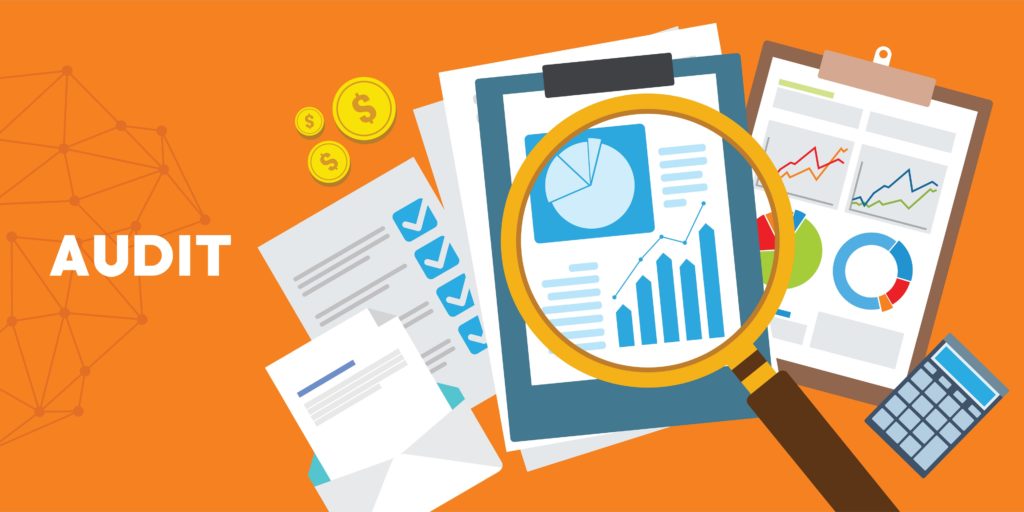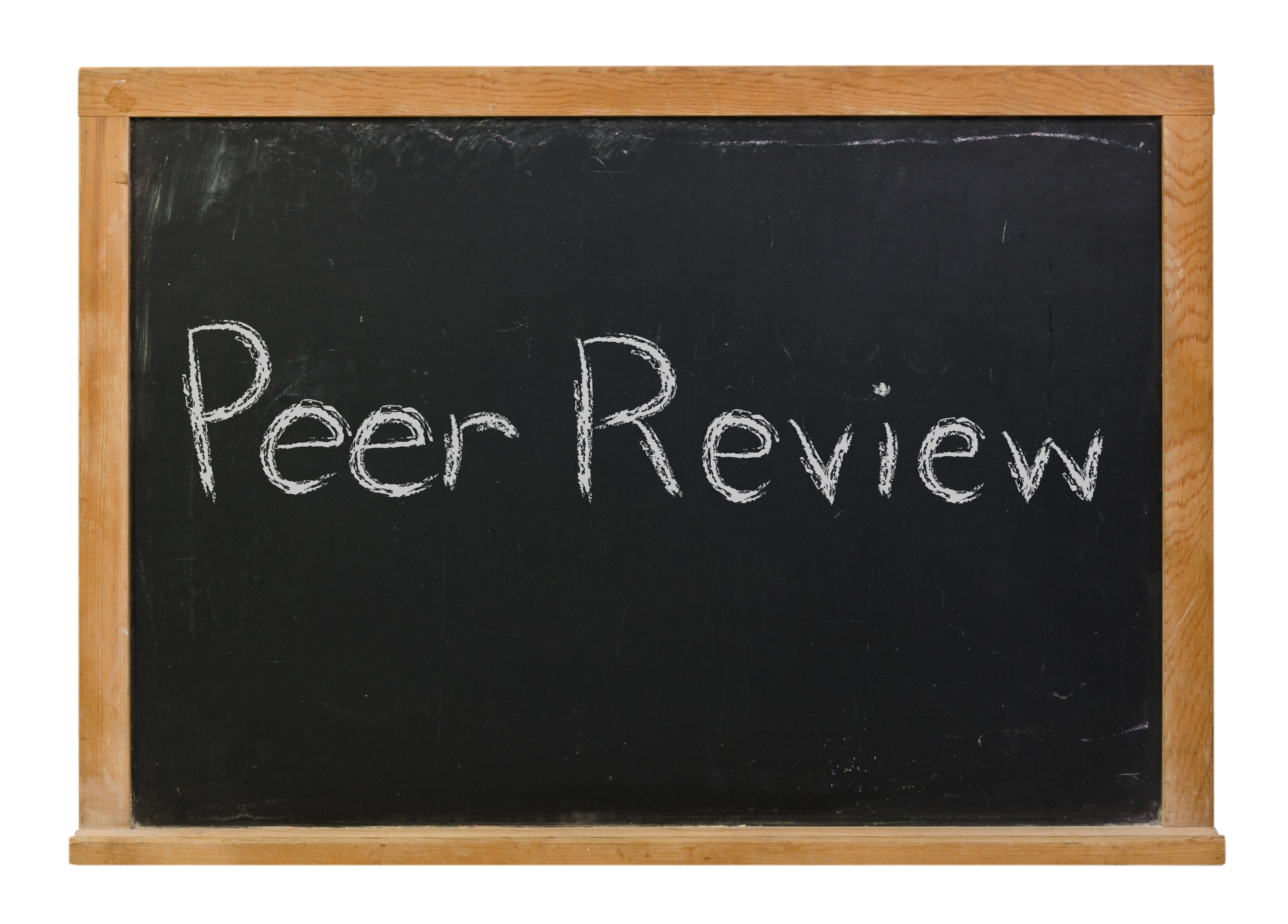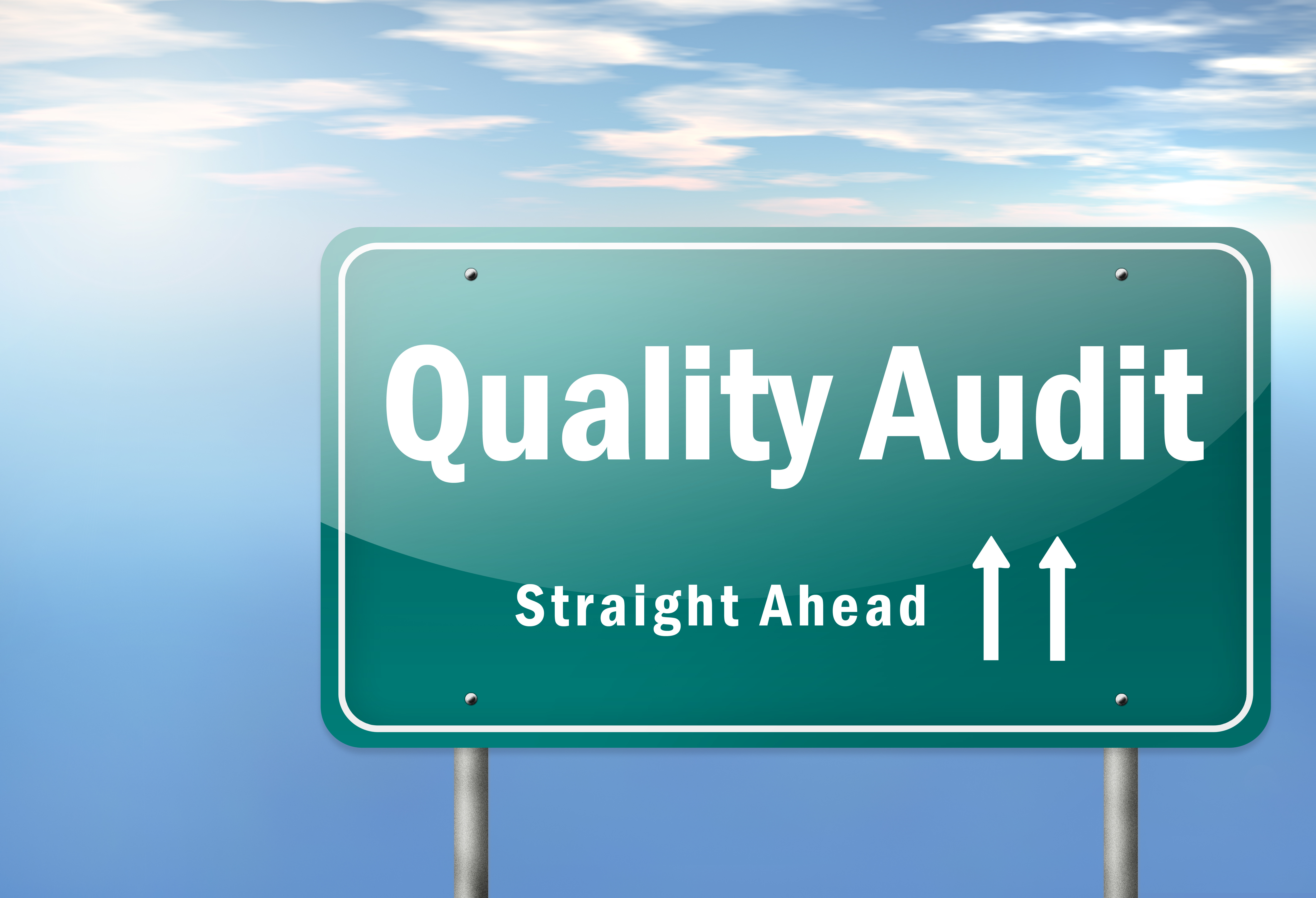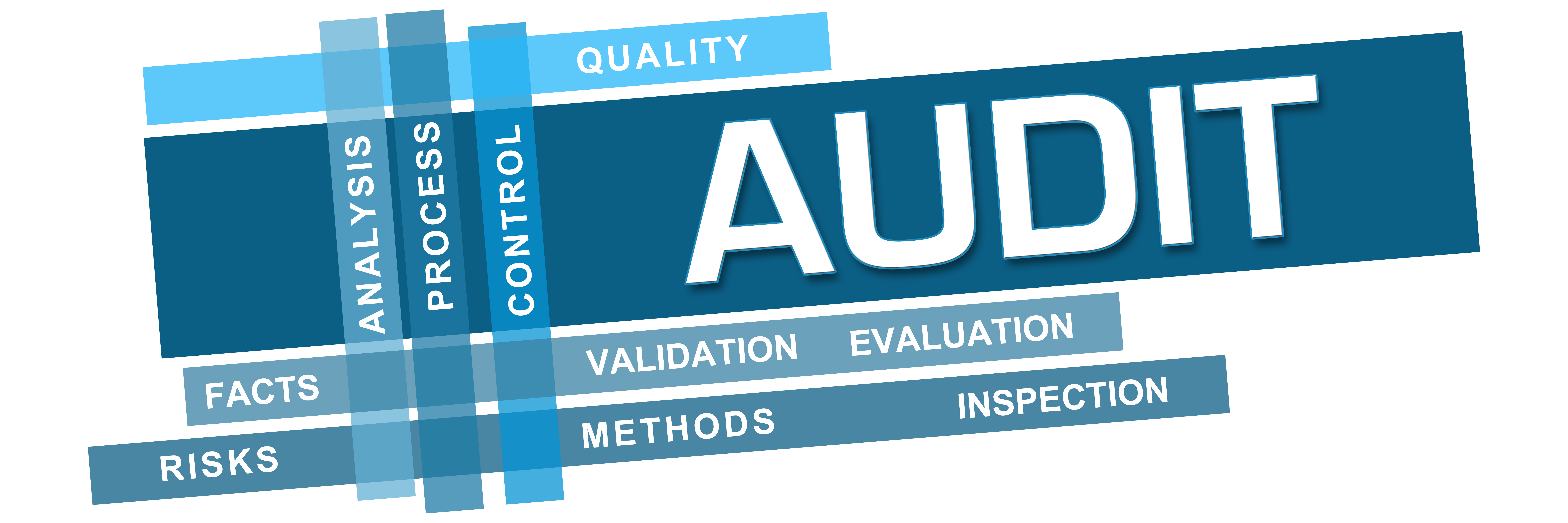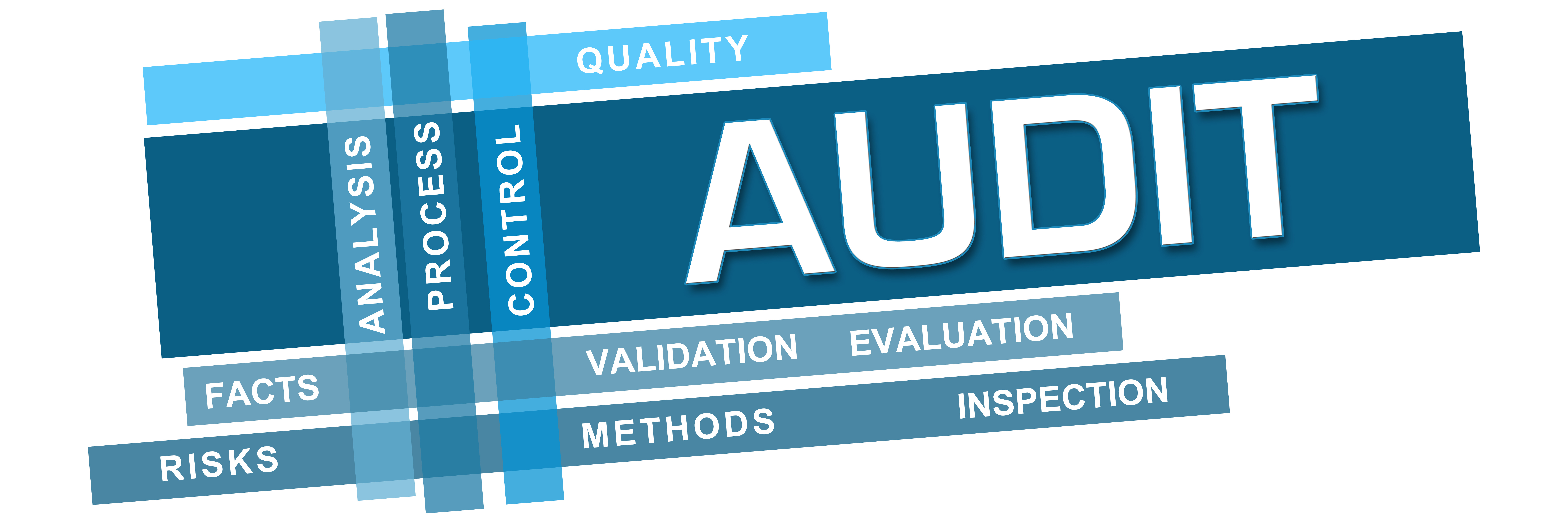Brief overview of peer review issues – 11/21.
To help auditors in the CPA community, the AIPCA peer review staff publishes PR Prompts, a newsletter with information for firms providing audits, review, compilations, and other attestation services.
The newsletter is unbranded and AICPA gives explicit permission to peer reviewers to put their logo and branding information on the newsletter. Those of us who are peer reviewers have specific permission to send it to our clients.
The following comments are provided to you courtesy of the AICPA. I gratefully acknowledge their work in preparing this info and gladly share it with you.
For ease of reading, I will not put all the following material in quotations.
Topics in this post:
- Revenue recognition: 4 top concerns noted by peer reviewers
- Have you considered reviewer independence implications if additional services are performed for your firm?
- Do your clients need a single audit?
PR Prompts – Fall 2021:
Revenue recognition: 4 top concerns noted by peer reviewers
To learn where challenges exist for entities and their auditors, the AICPA conducted a survey of peer reviewers, asking them to identify the areas where their firm or their peer review clients have experienced challenges in auditing revenue recognition. Over 230 peer reviewers responded to the survey to share what they’ve seen or experienced relative to the new accounting standard, FASB Accounting Standards Codification (ASC) Topic 606, Revenue From Contracts With Customers. The biggest Topic 606-related challenges were identified as the following:
…Brief overview of peer review issues – 11/21. Read More »
